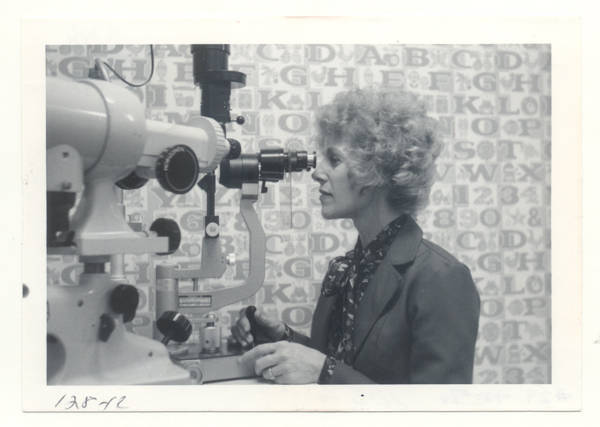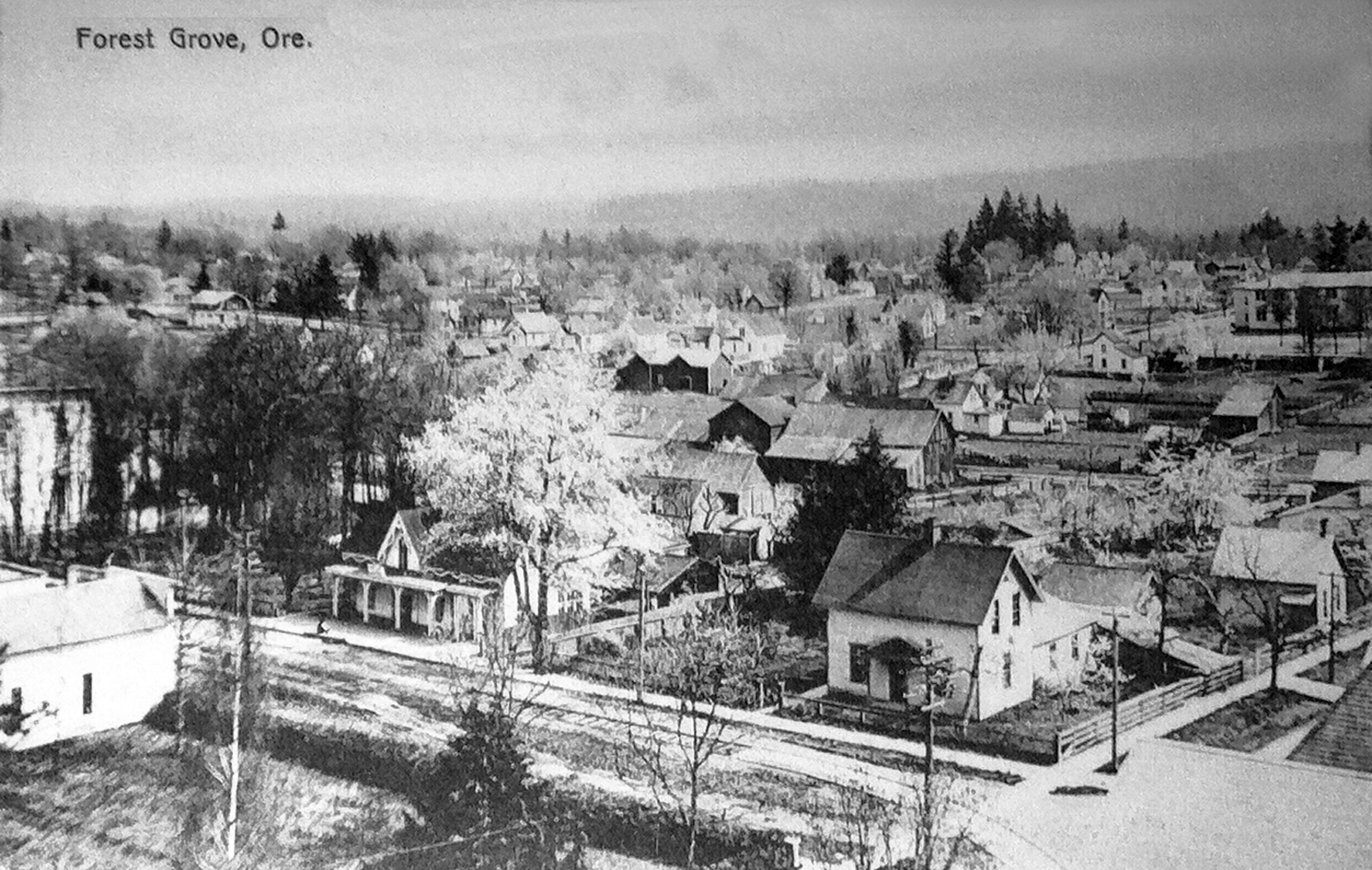The origins of the College of Optometry at Pacific University can be traced to the DeKeyser Institute of Optometry (founded in 1910) and the Oregon College of Ocular Sciences (founded 1919), institutions that merged in 1921 to become the North Pacific College of Optometry. Located in Portland, the school was an independent institution chartered by the Oregon State Department of Education; it was the only source of optometric education in Oregon. World War II disrupted its operation, but the school was re-established in 1945 as the College of Optometry at Pacific University in Forest Grove.
Becoming part of the university allowed the college to expand its courses in the basic sciences and to set the stage for granting a doctor of optometry (OD) degree. As the first university program to make this move, the College of Optometry established a model for other universities in the nation. It remains the only such professional doctoral program in the Pacific Northwest and has been a chief source of education and training of eye and vision care practitioners for the thirteen western states. In addition to coming from the region, many students come from the Midwest and the western provinces of Canada.
In the 1930s, the College of Optometry offered a three-year course of study. Today, the typical Pacific University optometry graduate enters professional studies after completing a bachelor’s degree. The professional curriculum leading to the doctor of optometry degree is an additional four years and requires a course-load equivalent to 5.9 years of study.
The 1980s were years of expansion for the institution. The college established a joint degree program with Pacific’s College of Education, and clinical training sites were opened in partnership with Veteran’s Administration Medical Centers for graduate education in Hospital Optometry–Geriatrics and Rehabilitative Optometry. Optometry service departments were created in community health centers, along with clinical training opportunities in treatment centers operated by the U.S. Armed Services, the U.S. Public Health Service, and the Indian Health Service. The addition of these clinical sites began in Oregon and Washington, then grew to include hospitals and clinics across the nation. In 2006, the Vision Performance Institute, formerly at Ohio State University, transferred its research staff to Pacific University to form a center for studies on the interface of vision and technology.
Six clinical centers operate in the greater Portland area offering primary care and specialty services that include the identification and treatment of ocular disease, visually related learning disabilities, occupational vision, and low vision. They also offer contact lens and pediatric care. IVAN, a fully equipped mobile vision clinic, provides vision care at schools, daycare centers, senior centers, migrant camps, and correctional institutions. International ties exist with optometric colleges, universities, and clinical training sites in Japan, China, South Korea, and Germany.
In 2011, the Pacific University College of Optometry had 350 students and 43 faculty. The college is accredited by the American Council on Optometric Education, and graduates practice in all 50 states, 7 foreign countries, and all branches of the uniformed services. College of Optometry graduates have occupied positions of leadership as presidents of state optometric associations, and four have served as president of the American Optometric Association: Charles W. McQuarrie, OD (1977), Larry D. DeCook (1995), J. Patrick Cummings (2002), and Dori M. Carlson, OD (2011).
-
![]()
Professor Carol Pratt leading an optometry class in Jefferson Hall at Pacific University's College of Optometry, c.1950.
Courtesy Pacific University Archives, Pacific University Historic Photographs, PUApic_008068
-
![]()
Yvonne A. Arnoldi, Pacific University optometry student, 1977.
Courtesy Pacific University Archives, Pacific University Historic Photographs, PUApic_011761
Related Entries
-
![Forest Grove]()
Forest Grove
Forest Grove is a city of approximately 26,225 residents located in the…
-
![Pacific University]()
Pacific University
Pacific University, one of the oldest universities in the American West…
Map This on the Oregon History WayFinder
The Oregon History Wayfinder is an interactive map that identifies significant places, people, and events in Oregon history.
Further Reading
Miranda, Gary, and Rick Read. Splendid Audacity: The Story of Pacific University. Seattle: Documentary Book Publishers, 2000.




